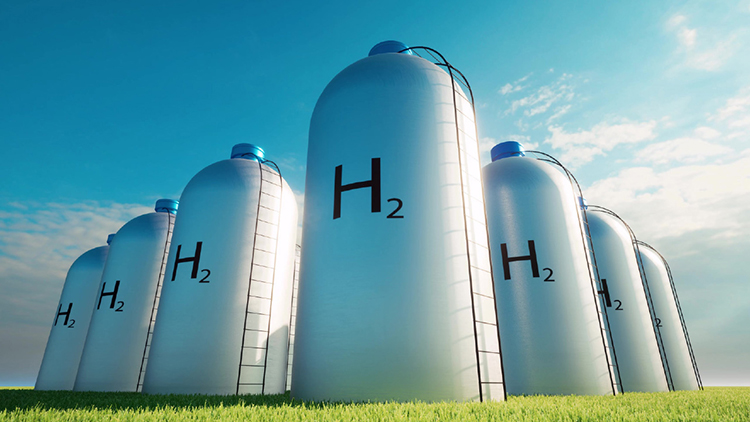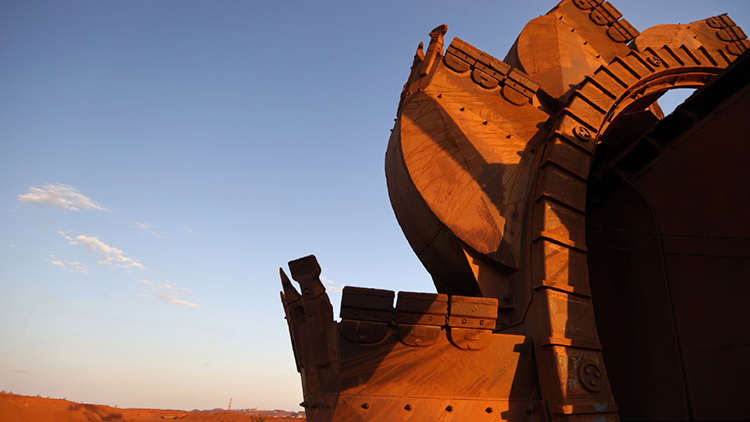Features / Technology


Simple, Reliable and Cost-effective Annular Isolation Using Swellable Elastomer Packer Technology
Reliability, simplicity and operating time are key considerations in designing any drilling and completion program in the oil and gas industry. This is especially true in offshore operations because of the considerably higher daily rig rates and operating costs. But it is also true on land and at remote locations where improved efficiencies are also desired.
Advances in Drilling Waste Management:
Award-Winning HCB™ Bulk Cuttings Transfer and Storage System Implemented in the UK North Sea
Study of Tertiary Oil Recovery by Surfactant/ Polymer Flooding
Surfactants/Polymers (SP) has been in use since the 1950’s. Technological advancements during the 1980’s by major oil and services companies have resulted in a thoroughly tested and reliable technology. SP has been used worldwide and has been successful in recovering additional oil of about 15 to 30% of OOIP.
How underground location technology is helping utilities hit the right spot?
While there may be records of where underground services – such as water, power, gas and so on – are located, but these may not always be entirely accurate. This means that when mistakes occur, or when extension work needs to be carried out, time and money can be wasted trying to find a specific cable, pipe or joint. However, developments in new underground location technology are bringing extremely accurate underground location information within the reach and budgets of today’s utilities, contractors and construction companies
3M Specialty Materials
A new technology for reducing the density of drilling fluids
Scarab /Saffron Production System Simulator
By Fantoft Process Technologies represented in Egypt by Drexel Oilfield Equipment This write-up gives an overall description of Kongsberg’s involvement (project performed by Fantoft Process Technologies, which now is a part of KongsbergMaritime) in the West Delta Gas Development Project. As a world-leading supplier of simulators and services, Kongsberg was selected to deliver aProduction System Simulator for the Scarab/Saffron project. Through the real time production management solutions, Kongsberg was involved in theproject during the engineering phase leading to the extension of the same solutions through D-SPICE for Simian/Sienna/Sapphire fields.
Cement seal units eliminates the inter-zonal communication
SEAL UNITS prevent fluid movement at the interfacebetween the outer surface of the casing and the inside ofthe cement sheath. In spite of the improved practice ofreleasing pressure on the casing after the top plug bumps,investigations by different research and developmentgroups confirm that leakage at this interface is not onlypossible, but probable, when subjected differentialpressures often encountered in completing or producinga well. Inter-zonal communication at this point, like“channeling” in the remainder of the annulus, will preventefficient depletion of the producing zone, or causestimulation work (fracturing, acdizing, etc) to beineffective due to uncontrolled fluid migration in theannulus.
Meeting Deepwater Drilling Challenges with Invert Emulsion Fluids
Baroid’s latest clay-freeINNOVERT™ synthetic-base fluid (SBF), based on clay-free ACCOLADE® technology, has delivered exceptional performance on the first nine wells of a new contract with a major operator in ultra-deep water over 5,000 feet offshore West Africa. Based on a low viscosity n-alkane base fluid and built without using the regular organophilic colloidal additives used in conventional invert emulsion fluids, this state-of-the-art drilling fluid represents a quantum leap in deepwater drilling fluid performance.








